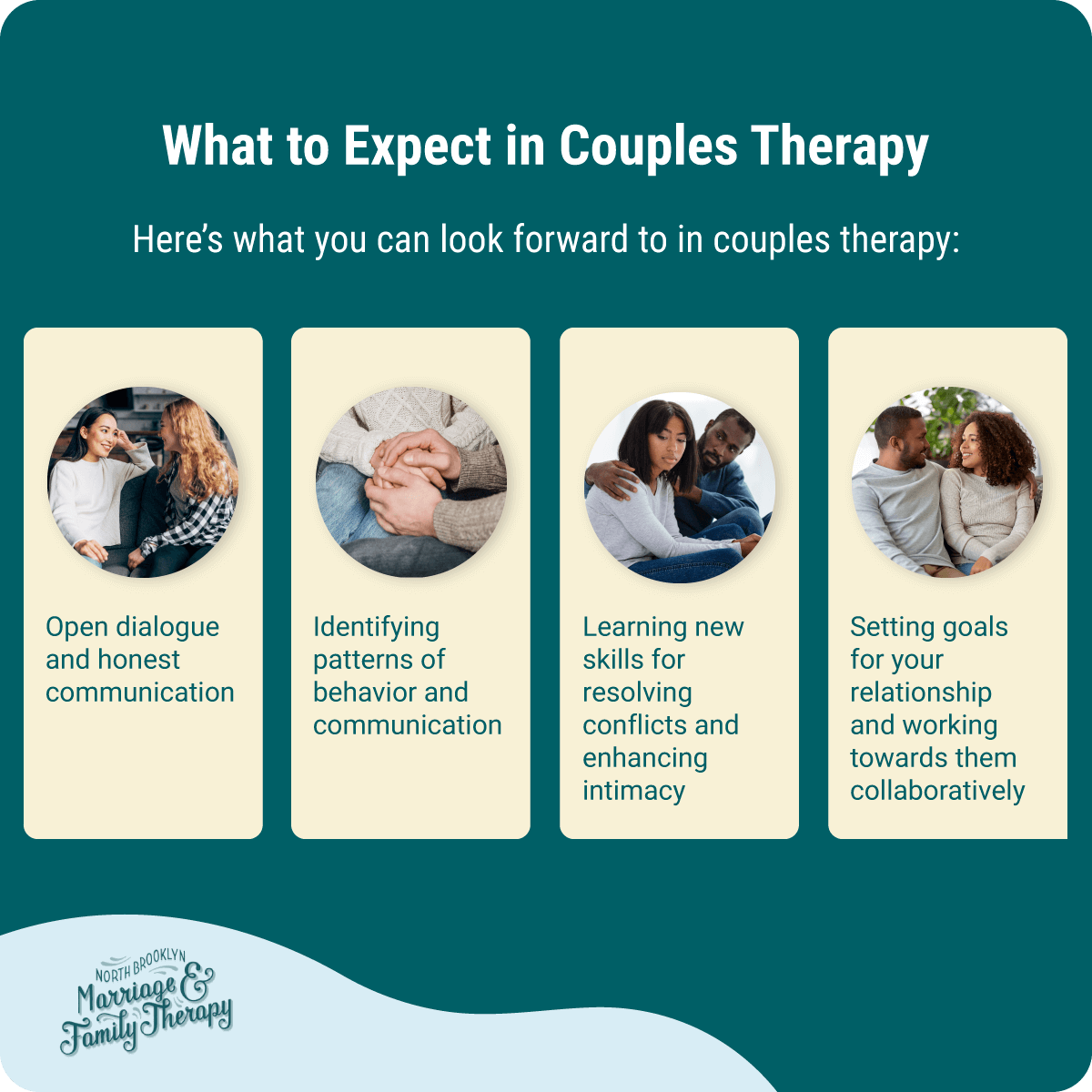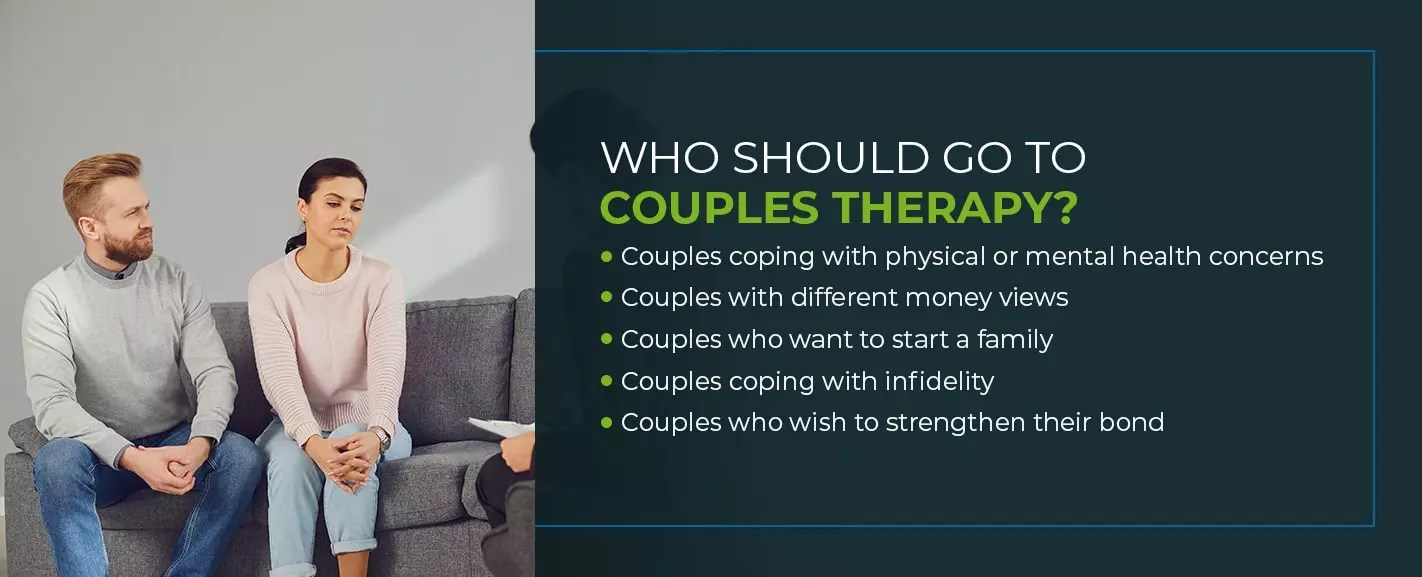Aim Point Counseling - The Facts
Aim Point Counseling - The Facts
Blog Article
The 10-Second Trick For Aim Point Counseling
Table of ContentsAim Point Counseling Things To Know Before You BuySome Known Facts About Aim Point Counseling.Some Known Factual Statements About Aim Point Counseling Rumored Buzz on Aim Point CounselingA Biased View of Aim Point CounselingThe Main Principles Of Aim Point Counseling
The longitudinal style entails a pre-treatment study and two follow-up studies at 3- and 12-months post-intervention. The research study is set in eight Relationships Australia Victoria centres, across urbane, external suburbs, and regional/rural websites. Relationships Australia, a non-government organisation, is the largest provider of pair therapy and partnership solutions in Australia.
In Australia, the mean length of marital relationship before splitting up is 8.8 years, and approximately fifty percent of all separations entail couples with kids [1] These high rates of connection malfunction have actually been continually related to negative health effects for both grownups and children complying with divorce/separation. These include seclusion from assistance networks, and decreased income and standard of living for both grownups and children [3], dilemmas of loyalty over children for guys, and clinical depression and loss of identity for women [4,5]
All about Aim Point Counseling
The effects of separation and separation can be detrimental, research study shows that high connection discord in undamaged pairs is additionally likely to have unfavorable end results.
Factors that influence the outcomes of these services need thorough examination. Research to date has actually determined both pair and individual aspects that might add to relationship disharmony. These consist of connection satisfaction and dedication at the pair level, and depression at the private degree. Durable study to assess relationship-enhancing treatments in the community are scarce.
Everything about Aim Point Counseling
Consequently, while most research studies show renovations in relationship contentment complying with couple counselling, they are limited by the examples and procedures used, greatly temporary follow-up amount of time, and analyses that do not make up the dyadic nature of couple information. Relationship commitment, based upon steps such as the Dedication Inventory (CI) [19], is one more commonly investigated connection end result.
To summarise, research shows that couple-specific variables in addition to private variables might forecast the results of pair counselling and relationship solutions. The causal instructions of these relationships, nevertheless, is much less clear. These observations are essential, because, to warrant and guide the application of relationship solutions such as pair therapy, empirical proof needs to discover both the end results of relationship solutions and the elements that anticipate effective therapy.
, at the very least in some European countries.

We currently know little regarding the profiles of pairs that seek partnership education contrasted with those who seek relationship counselling, or the results of these programs. Nonetheless, unscientific proof suggests that there may be considerable distress among at least some couples seeking relationship education. Connection education and learning programs differ from couple coaching as they are commonly very structured, conducted in teams, and focus on a mixture of four parts; awareness, responses, cognitive modification, and skills training [45]
How Aim Point Counseling can Save You Time, Stress, and Money.
Feedback entails individuals finishing sets of questions about their relationship (e.g. actions of social problems), and getting info on what their scores suggest. Cognitive-behavioural approaches promote transforming cognitions to facilitate favorable partnerships.
These meta-analyses highlight limitations in the current literature on partnership education. This example account might not stand for customers click to read that normally present for partnership education.
Getting My Aim Point Counseling To Work

Really little research study has actually checked out the relative advantages of pair counselling and relationship education programs. As customers are most likely to self-select right into these service types, it is unclear whether particular relationship distress accounts present to each service type, or without a doubt whether there is an interaction between providing account, service type and result.
(https://www.giantbomb.com/profile/a1mpoint/)
Thus, we have consisted of a 12-month follow-up to gauge longer-term trends and results. The study makes use of a number of standard result steps given that some prior investigations have been criticised for their lack of standard analysis [50] Finally, making use of statistical evaluations that presume independence of information, such as t-tests, or ANOVAs, has been prevalent in previous studies [ 44,49]
We recommend to make use of multi-level analytical modelling procedures that regulate for the inter-dependence of couple information to evaluate any kind of therapy effects. The certain aims of the ECC research are to: 1. Map profiles of customers seeking neighborhood agency-based pair counselling vs. relationship enhancement programs in terms of socio-demographic and relationship signs (such as connection satisfaction, connection dedication, interpersonal troubles, and factors for going to), as well as health (such as anxiety, basic wellbeing) and health service use (eg.
2. Establish whether couple therapy and relationship education solutions boost three- and twelve-month end results for relationship contentment, dedication, and clinical depression, using statistical evaluations ideal to couple information. 3. Establish the loved one payments of client elements (specific and pair) and therapy/education elements to end results at 3- and 12-months, and to sustainability of outcomes over time.
Aim Point Counseling Things To Know Before You Buy
Multi-level modelling to figure out pre-post distinctions, controlling for dyadic (couple) degree. To add to the literature evaluating the performance of community-based pair therapy.
Report this page